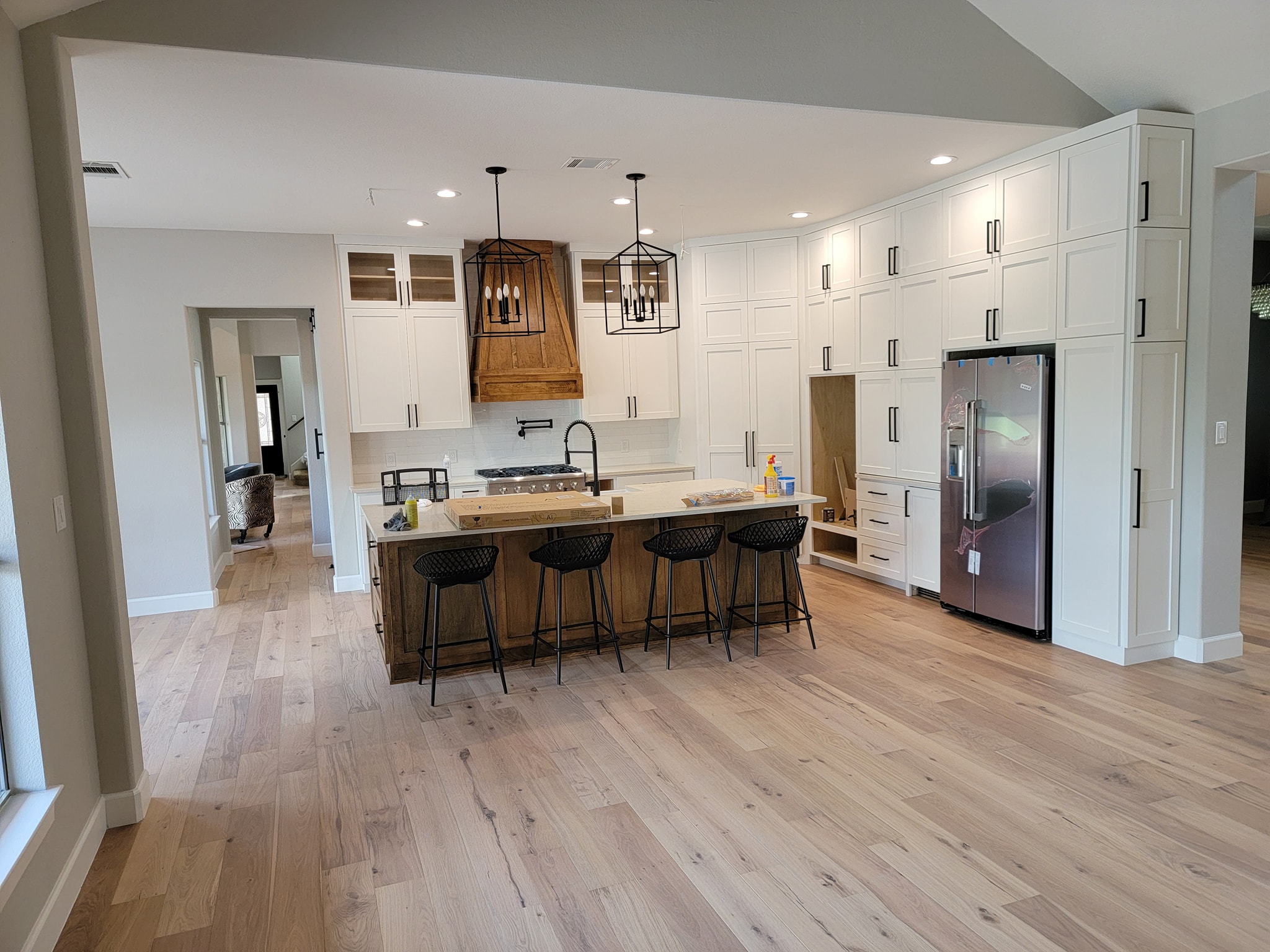Technology is Here to Stay
There’s no getting around it: technology is changing every aspect of our lives, and as technology continues its rapid advance, our homes run the risk of becoming obsolete—unable to accommodate the latest products and solutions designed to make them more affordable, eco-friendly, and enjoyable to live in. In addition, homes that cannot stand the technological test of time are destined to lose value and become far less desirable to prospective buyers. Although typical renovations may bring your home up-to-date for a few years, the real solution lies in “future-proofing”; looking ahead and making changes that will keep your home technologically relevant for decades to come. Here’s a look at 5 hot trends to consider in future-proofing your home.

Modern Homes Demand Smart Technology
When remodeling your home, or building a new home, keep the following bullet points in mind. Future-proofing is a valid and reasonable undertaking. Hire River City Construction & Design to help you integrate design factors you may be completely unaware of. Below you will find a brief check list that may help guide you. We’ll cover how to:
1. Make your home “smarter”
A fast-growing trend is home renovation with smart technology. Through smart technology, homeowners can control such things as lighting, heating and AC, locks, home surveillance systems, and even appliances remotely via a smartphone or tablet computer. An Internet search for terms such as “smart home” will yield lots of information about smart products for home automation. The purchase and installation of these gadgets doesn’t have to be hugely expensive, and it will definitely add value and livability to your home. Automated alarm systems are also a very desirable feature for any home—many companies integrate video, smart technology, and other perks into their systems, and since these technologies are relatively new, providers may offer free equipment and installation in exchange for your monthly commitment to use their service.
2. Make energy-efficient improvements
Replacing outdated appliances with more energy-efficient models may cost more up front, but it will prove to be very cost-effective in the long term. Aside from the monthly savings, newer high-end appliances are built to last longer. Other ways to future-proof your home would be to replace old toilets with new low-flow models, and swap out outmoded tank-style water heaters with energy-efficient, tank-less versions. Replacing single-paned windows with double-paned, energy-efficient windows is always a good move, since these windows are now mandatory in all new homes. Outdated insulation should be replaced with newer options such as spray insulation, which is less toxic and does a better job at sealing cracks and holes to keep your heating and cooling costs down.
3. Make your home more eco-friendly
Homes that have undergone eco-friendly renovations to reduce their carbon footprint and overall impact on the environment are rapidly gaining in popularity. When remodeling, you should make use of recycled and reclaimed materials as much as possible, and with rising concerns over the use of formaldehyde in kitchen cabinets, going formaldehyde-free when updating your kitchen would be a smart move. It’s also recommended that you use 100% acrylic, low VOC paints as they are eco-friendly, odorless, and far less toxic to home occupants. The installation of a solar energy system is also one of the best eco-friendly steps you can take to future proof your home (solar is now mandatory for all new homes in Hawaii). Homes that rely less on the “grid” for electricity provide greater peace of mind by being more self-sufficient in an uncertain world.
4. Make room for an aging population
As the baby boomer generation continues to age, future-proofing homes to accommodate the needs of senior occupants is a super hot trend these days. When remodeling or doing a room addition, it’s important to consider not just how the extra space will be utilized now, but how it might be used a decade or two down the road. Homes that have adaptable living spaces to accommodate changes in lifestyles, and meet the demands of multi-generational occupants, are rapidly gaining in popularity.
5. Make wiring changes for the future
Depending on the age of your home, it probably wasn’t wired to serve as a platform for ever-evolving technologies. As if it wasn’t hard enough to accommodate computers, smartphones, tablets, gaming systems and other technologies found in today’s homes, when you throw in a smart TV, you have the potential for a wiring nightmare. When upgrading wiring, think of where you want to have access to Internet, Ethernet, cable or other wiring in your home and how that may change in the future. Then wire your home accordingly. During the wiring process, it’s a smart idea to run an extra conduit to accommodate future wiring needs as technology evolves—making your home even more future-proof than ever.
Posted on Lifehack: https://www.lifehack.org/articles/lifestyle/hot-trends-future-proofing-your-home.html
Written by Rick Delgado


